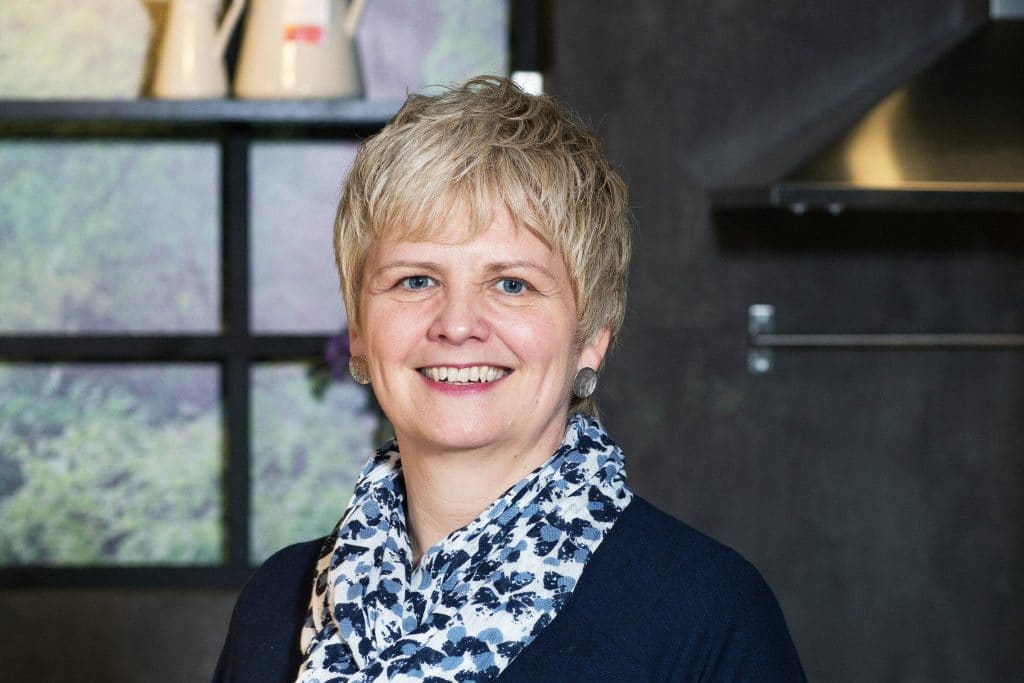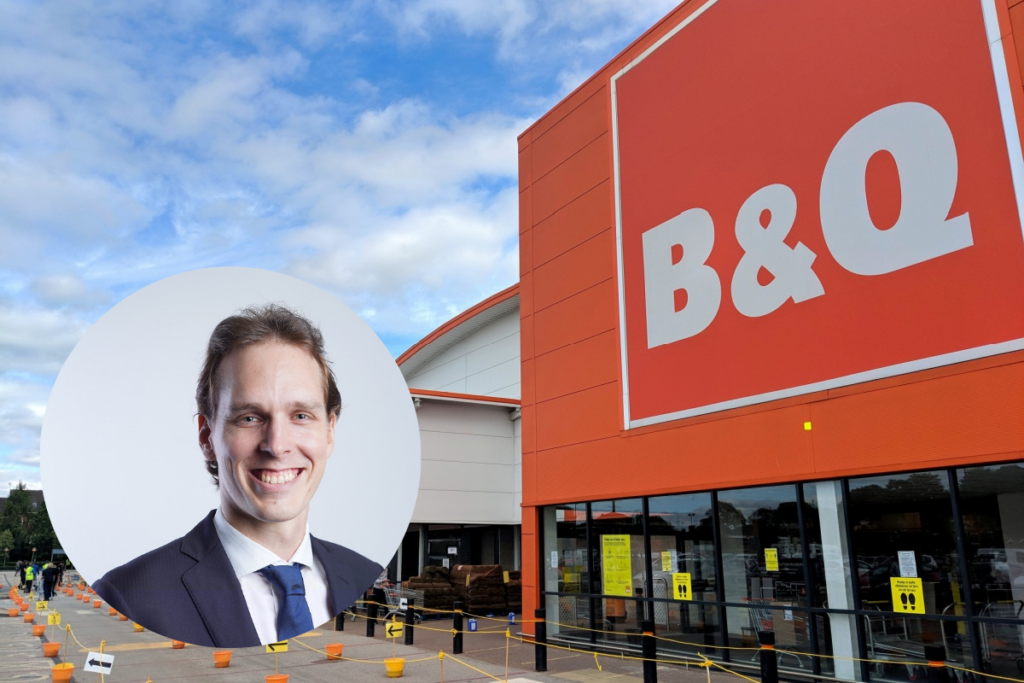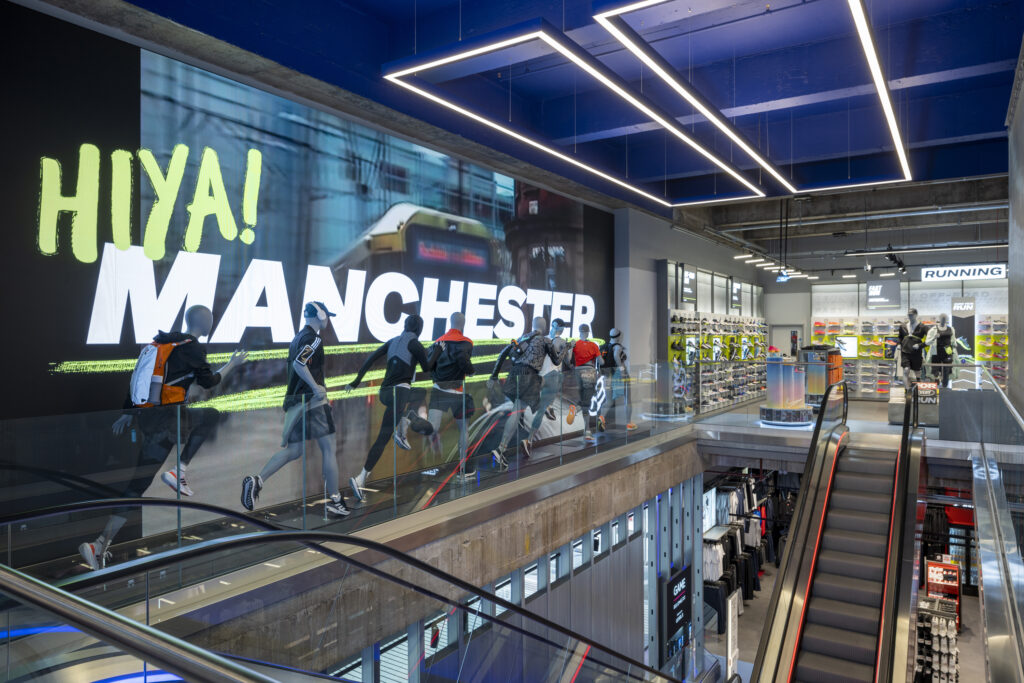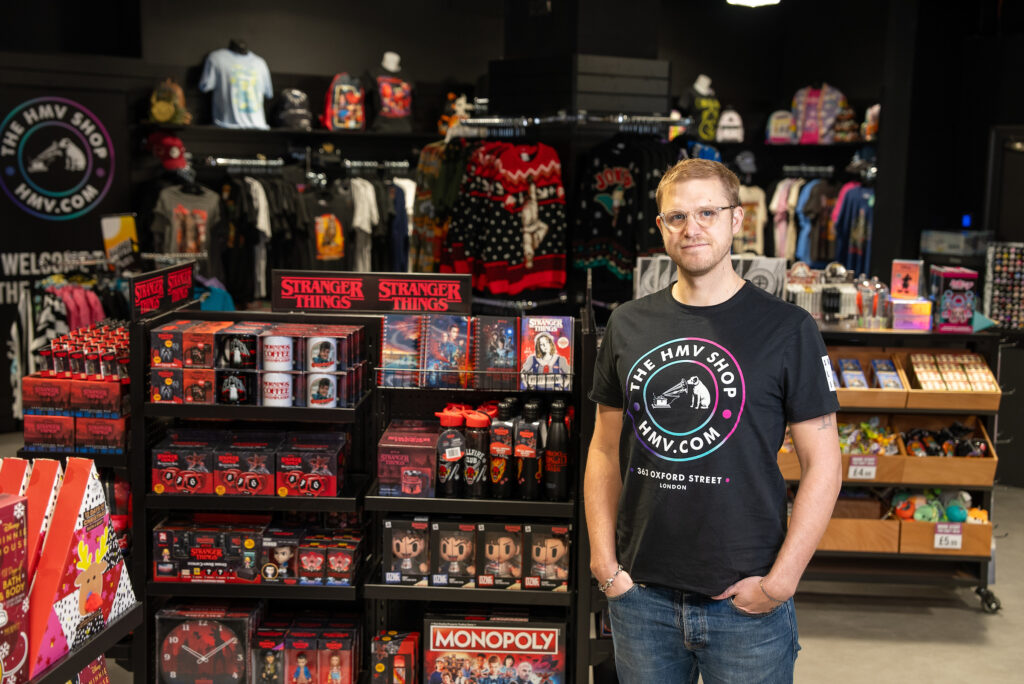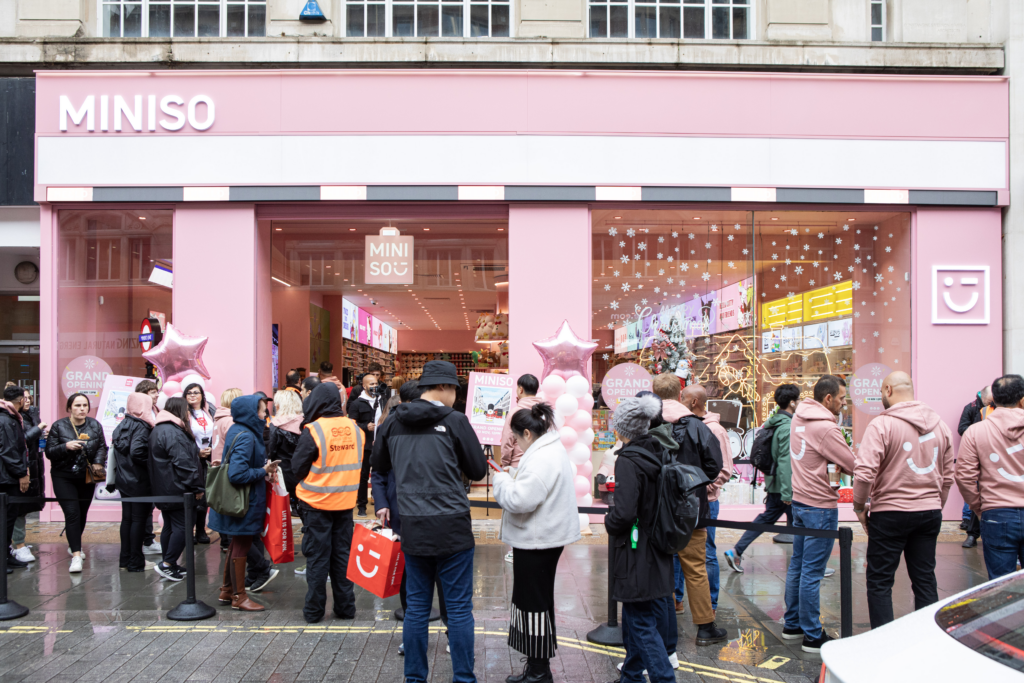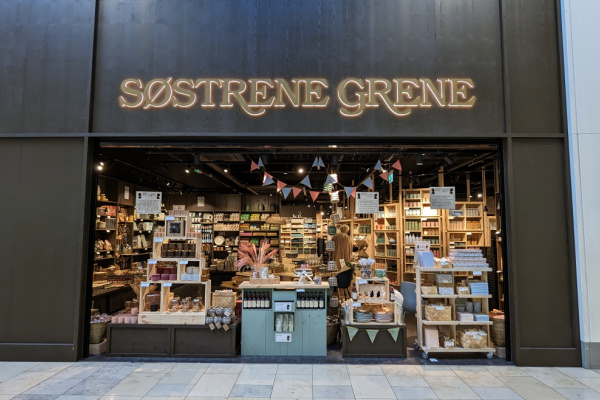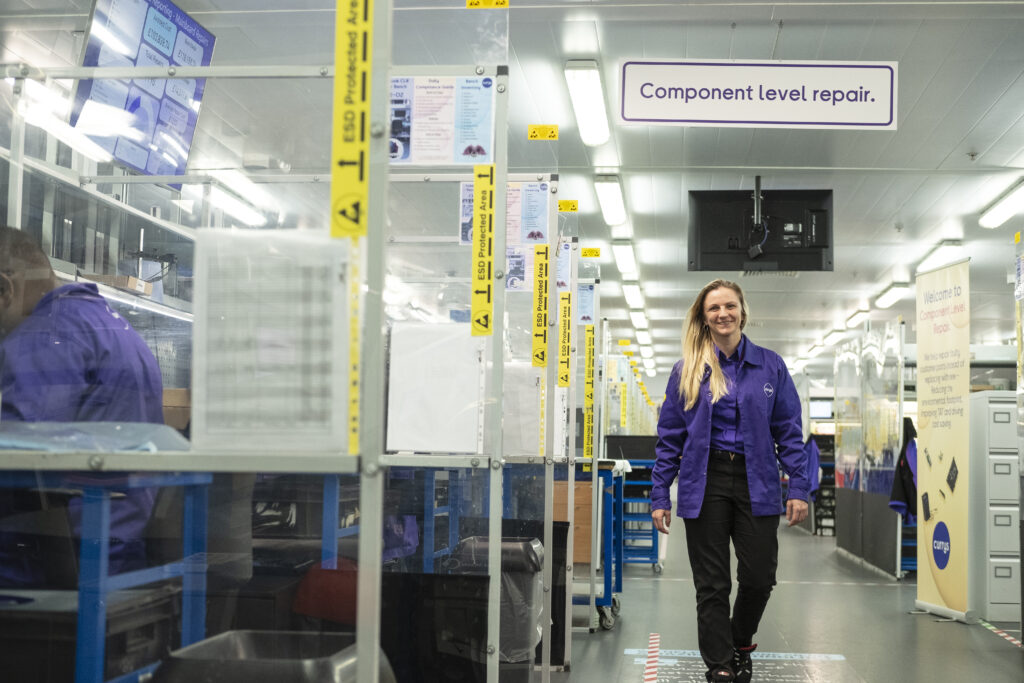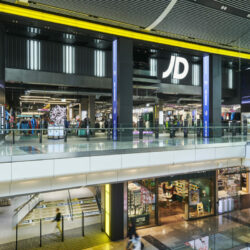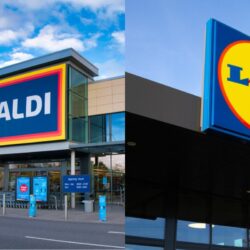Ikea is a perfect case of a “Marmite” retailer. People either hate the fiddly self-construction that it has built its reputation on, or love its unique designs, innovative solutions and quirky names.
Despite the UK‘s love/hate relationship with the retailer, it is clear that Ikea loves the UK. Celebrating its 30th anniversary in the country this year, it has announced 1300 new UK jobs — bringing its workforce total to 11,700.
It seems that regardless of its association with Sweden, Ikea has a solid and loyal foundation in the UK and is one of the few retailers to commit to further investment after Brexit.
An integral part of that foundation is Gillian Drakeford, the country retail manager for the UK, who has been with Ikea since its local inception 30 years ago.
“I began my Ikea journey on the shop floor in the Warrington store which opened in 1987 and will actually be 30 years this year,” Drakeford told the Retail Gazette.
“I think we have loved Ikea. If I go right back to the opening in Warrington, you saw people travelling very far to visit the store.
“the biggest barrier for many people is the distance, not that they don‘t like Ikea.”
“It was unique at that time in terms of home furnishings. It also brought furniture to a market where traditionally people had got married and bought all their furniture then and kept it for most of their lives.
“Then we brought into the opportunity to purchase furniture and really create your own style, especially when you have different life stages in terms of children, or moving in together, or children leaving home.
“We offered functional and affordable furniture which supports different life stages. That was who we were when we came in.”
In 30 years Ikea has managed to stay relevant, exercising the innovative flair it is known for. Of course, this now requires an embrace of new technology.
“We have four order and collection points (OCPs) in the UK, and they are very much part of a test for us in the UK but also part of a global test,” Drakeford explains.
“This has really been driven by consumer behaviour and the way people shop. We know today that time is important, convenience is important.
“We also know that in densely populated areas that car ownership is declining. Therefore, not everyone has access to a car to travel out of town to a big Ikea store.
“In Aberdeen, we can see we had a very high level of online penetration. So, people were shopping with us but only online.
READ MORE: 1300 UK jobs created in 3 new Ikea stores
“It was important to introduce a physical touchpoint where customers could get closer to us. That was why we established it and we could also see that one of things our customers say to us is there aren‘t enough yellow shirts.
“They would like spend more time with our co-workers. What we can see in all of the four OCP‘s we have is it gives the opportunity for customers to spend more time with our co-workers and that really helps when you‘re buying a kitchen or a bedroom or a complete living room.
“We‘ve learnt that one of our biggest assets is our people, especially if they have good home furnishing knowledge.”
One of the key emerging technologies in the furniture industry is virtual reality. The ability to simulate what items will look like in the context of your own home, without having to lug around heavy objects, piece them together or even pay for them is a priceless tool for retailers.
This is something Ikea has been interested in, launching its virtual kitchen installation in London‘s Shoreditch last September.
Although it presents clear opportunities for retailers like Ikea, Drakeford feels it lacks an essential element.
“We‘ve learnt that one of our biggest assets is our people.”
“Technology should be an opportunity to enhance an experience for me, but it doesn‘t solve problems,” she said.
“I think its therefore become something that adds to what you already do. When we talk about the work that we do in the physical environment, the app helps that experience but it doesn‘t replace that experience.
“What we know is that still today people want to touch and feel products, especially when its home furnishings. If I‘m going to sit on a sofa I need to know what it‘s going to feel like.”
Hedging your bets on a single gimmick or technology can of course bring short term attention, but in the long term it comes down to ensuring every accessible revenue stream is open to you.
Veteran retailers like Drakeford know this better than anyone. However, unlike many retailers, she has seen the potential available in the UK — even post Brexit.
FOR MORE BIG INTERVIEWS CLICK HERE
“We‘re here for the long term. Four years ago, we started to look for opportunity in the market and it became very clear to us that there was a big opportunity for us,” she said.
“We hadn‘t built any stores for seven years, we felt that it was time to have a combination of stores and online channels and OCP‘s in order for us to reach more of the many customers in the market.
“As I said earlier the biggest barrier for many people is the distance, not that they don‘t like Ikea. With the current situation, we still see a big potential in the market.
“For me, working with people who are living in the rental market is just as important as people who are buying a kitchen for their brand-new home. We need to broaden how accessible we are to more people.”
Click here to sign up to Retail Gazette‘s free daily email newsletter

